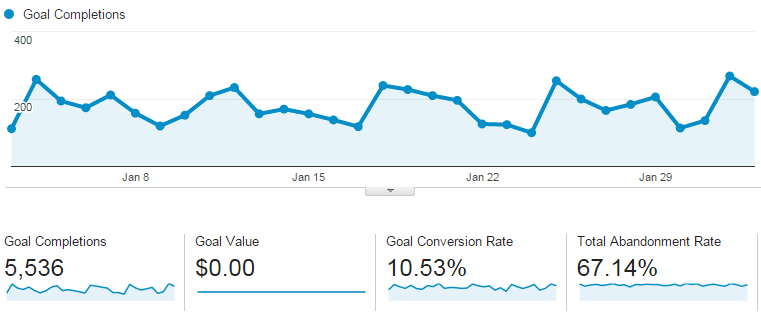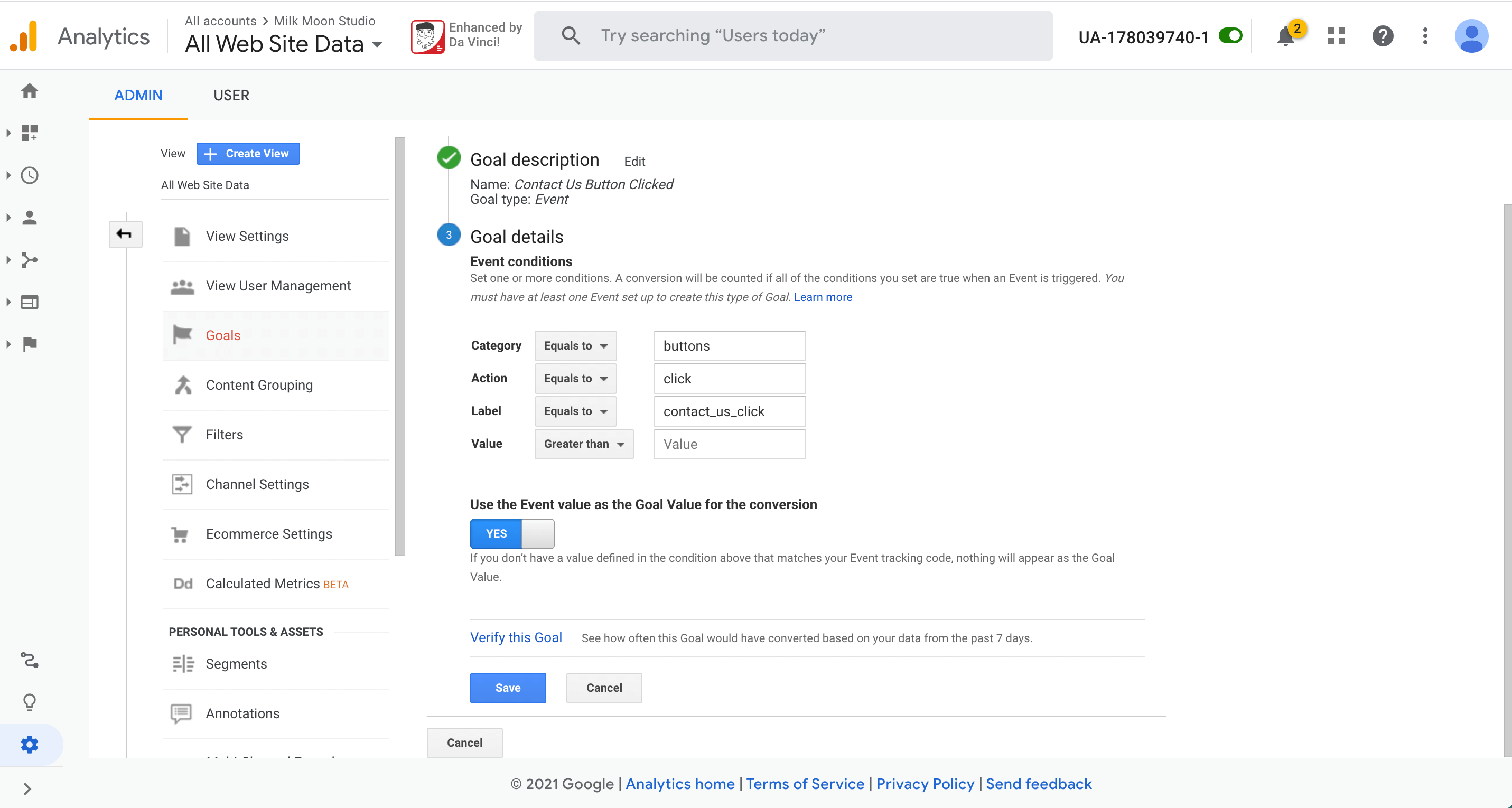What Data Is Google Analytics Goals Unable to Track: Discover the Limitations
What Data Is Google Analytics Goals Unable to Track: Discover the Limitations
Blog Article
Introducing the Blind Attractions: Understanding What Google Analytics Goals Can not Measure
In the realm of electronic analytics, Google Analytics stands as a powerful device for monitoring and evaluating online customer communications. Understanding what Google Analytics objectives can not determine is important for acquiring a comprehensive sight of customer behavior and involvement.
User Behavior on External Operatings Systems
Recognizing just how customers connect on outside platforms is crucial for maximizing on-line approaches. Exterior systems, such as social media sites networks, referral websites, and on-line discussion forums, play a substantial function in driving web traffic to a business's site. By assessing individual actions on these systems, services can gain beneficial insights into the performance of their advertising efforts and the choices of their target audience.
One secret facet of user habits on exterior platforms is the recommendation resource. By tracking where the users are coming from, services can recognize which platforms are driving the most traffic to their web site. This details can aid companies assign their sources extra effectively, focusing on the platforms that produce the finest outcomes.

Offline Conversions and Communications
Analyzing customer habits on external systems provides important understandings into online strategies; nevertheless, considering offline conversions and interactions is equally important for a thorough understanding of a firm's general efficiency. Offline conversions, such as in-store acquisitions or phone questions, play a significant function in numerous services' success.

Attribution Beyond Last Click
When diving right into the world of digital advertising and marketing analytics, it becomes necessary to look past the solitary touchpoint of the last click for a more extensive understanding of attribution. While Google Analytics gives beneficial understandings right into user behavior, relying entirely on last-click acknowledgment can be restricting - what data is google analytics goals unable to track. Acknowledgment versions that go past the last click offer a more nuanced view of the customer trip, taking right into account all the touchpoints that bring about a conversion
Acknowledgment past the last click permits marketing professionals to appoint credit score to different interactions along the conversion path, offering a more clear image of the efficiency of various advertising channels. By discovering multi-touch acknowledgment designs such as linear, time degeneration, or position-based acknowledgment, organizations can much better assign their marketing spending plans and enhance their techniques for maximum influence.
Recognizing the influence of each touchpoint in the conversion process is critical for making notified decisions and maximizing ROI. By welcoming acknowledgment beyond the last click, services can get much deeper understandings read the full info here right into client habits and tailor their marketing efforts extra efficiently.
Cross-Device and Cross-Browser Tracking

Similarly, cross-browser tracking matches cross-device monitoring by recording customer behavior as they switch between different web internet browsers. Recognizing how users communicate with web sites on different internet browsers can assist online marketers optimize their on the internet experiences to guarantee uniformity and performance throughout different platforms.
Qualitative Information and Individual Intent
Comprehending customer intent via qualitative information evaluation is critical for creating targeted digital advertising and marketing approaches that reverberate with the requirements and choices of the target audience. Qualitative data offers insights into the 'why' behind user actions, shedding light on inspirations, feelings, and choices that quantitative data alone can not catch. By analyzing customer responses, remarks, and interactions, marketing experts can reveal useful info regarding individual intent, allowing them to customize their messaging, material, and offerings to better align with what their target market is seeking.
Qualitative information likewise helps in recognizing the context in which individuals engage with a website or application. This contextual understanding allows marketers to produce more relevant and tailored experiences, eventually driving higher involvement and conversion rates. By delving into user intent via qualitative data evaluation, companies can gain a much deeper understanding of their target audience, leading to a lot more effective advertising and marketing techniques that fulfill individuals' expectations and requirements.
Conclusion
In verdict, Google Analytics goals have restrictions in measuring individual actions on outside platforms, offline conversions, acknowledgment beyond last click, cross-browser and cross-device tracking, and qualitative information associated with individual intent. what data is google analytics goals unable to track. It is important for services to be aware of these unseen areas in order to supplement their data evaluation with other tools and techniques to acquire an extra comprehensive understanding of their target market and boost their overall digital advertising strategies
By examining customer behavior on these platforms, services can gain important understandings right into the efficiency of their advertising initiatives and the description choices of their target audience.
Analyzing user habits on outside systems provides important insights into on the internet approaches; nonetheless, considering offline conversions and interactions is equally essential for an extensive understanding of a business's general article efficiency.In electronic advertising analytics, relocating beyond last-click attribution to check out cross-device and cross-browser monitoring is crucial for obtaining an all natural understanding of customer communications throughout different platforms and gadgets. By examining individual comments, comments, and interactions, marketing professionals can discover useful info regarding user intent, permitting them to tailor their messaging, material, and offerings to better line up with what their audience is seeking.
By delving right into individual intent with qualitative data evaluation, organizations can get a much deeper understanding of their target audience, leading to much more effective marketing approaches that satisfy users' assumptions and needs.
Report this page